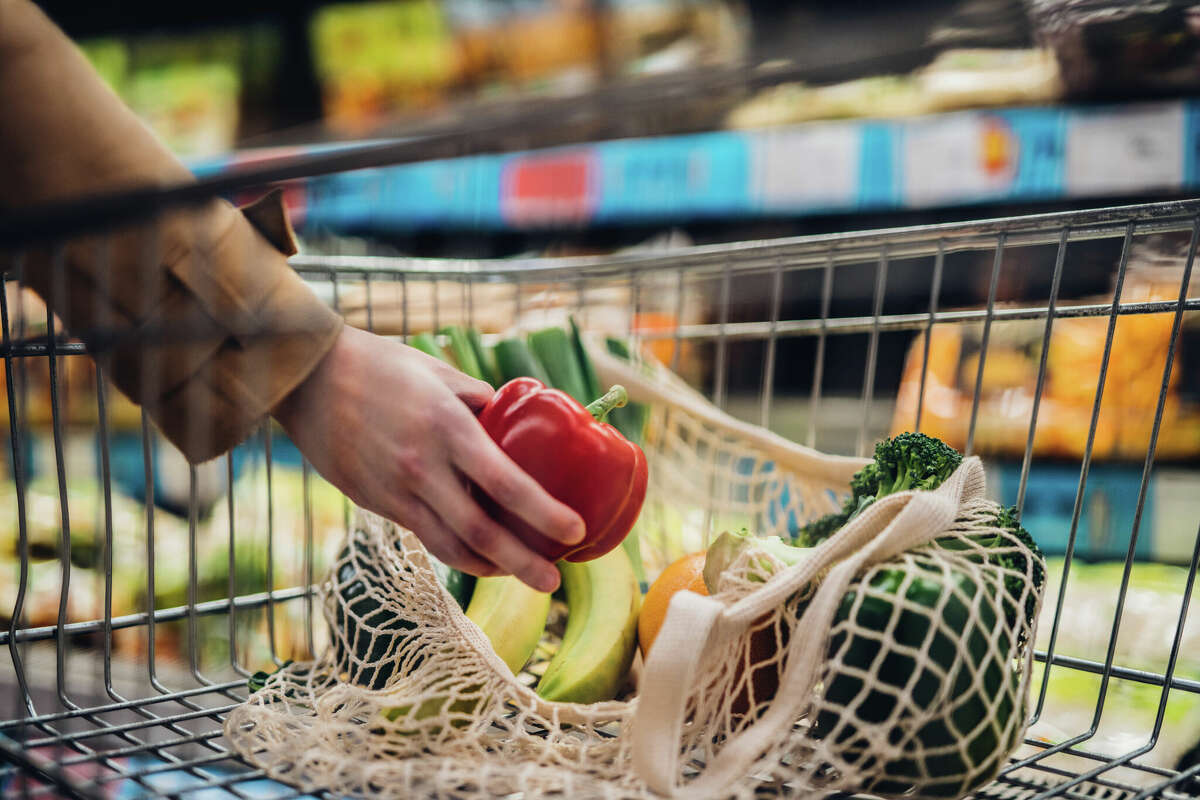Grocery shopping may be a necessary life chore, but it can also be a significant expense nowadays. However, with a little planning and a few simple strategies, you can easily save money without sacrificing the quality of the food you are buying.
1. Make a grocery list.
One of the easiest ways to save money while grocery shopping is to create a grocery list before heading to the store. Start your grocery list by taking an audit of your fridge, freezer, and pantry. By doing this, you can see if you already have anything at home that you can use in your weekly meal plan. When you arrive at the grocery store, stick to your list and aim to only shop the aisles that your list requires you to visit. This will help save time by roaming the aisles and also will help you to decrease the amount of impulse purchases.
2. Set a budget.
Whether you are shopping for one person or for a large family, it is important to set a grocery budget. Determine how much you're willing to spend on groceries each week or month and aim to stick to it. Setting a budget will help you prioritize essential items and prevent overspending on goods that your household may not need. If you need help setting a budget, look into downloading a budget app or speak to a financial advisor.
3. Use coupons and discount codes.
Many grocery stores offer loyalty programs, coupons, and discount codes that you can use on a weekly basis. These savings can usually be found in an app, websites, and newspapers/magazines. Be sure to take a few minutes to browse the weekly offerings before making your grocery list and going to the grocery store.
4. Buy store brands.
Store-brand or generic products are sometimes just as good in quality as name-brand items, but generally run at a lower price. Compare costs and give store-brands a try to see if you can save money on some products without sacrificing the taste or quality of your food. It doesn’t hurt to try a new brand just once to see if it is comparable!
5. Don’t shop on an empty stomach.
Grocery shopping while you are hungry can lead to purchases of unhealthy snacks and unnecessary items. Plan your grocery trip around a meal or snack to reduce the temptation to buy items that you don’t need. This tip goes for anyone going to the grocery store (including kids!).
6. Buy in bulk.
Depending on your family size and the amount of storage in your home, you may want to consider purchasing some food items in bulk. Non-perishable foods like pasta, rice, and canned goods are great examples of foods that you can buy in bulk. Buying larger quantities often result in lower unit prices, which can help save you money in the long run.
7. Shop online.
Similar to making a grocery list, shopping online can help you to stick to what you need and reduce impulse buying. Although there may be delivery or pickup fees, you can still save by taking advantage of online discounts. Another perk of online shopping is being able to see your total cost in your online grocery cart, which allows you to adjust your cart prior to purchasing, if needed. Some grocery stores also store your past purchases, making it easy for you to rebuy your grocery staples. Shopping online can save you both time and money. Win-win!
8. Embrace seasonal and local produce.
Seasonal fruits and vegetables tend to be more fresh and more affordable. Buying local produce can also help you save money due to the fact that often it is less expensive than imported produce. Explore local grocery stores and farmers’ markets to find budget-friendly fruits and vegetables year-round.
In conclusion, saving money while grocery shopping is achievable with a little planning, discipline, and creativity. With these eight smart strategies, you’ll be well on your way to a more cost-effective and efficient grocery shopping experience. And the best part is, you won’t be sacrificing the quality of your meals!










